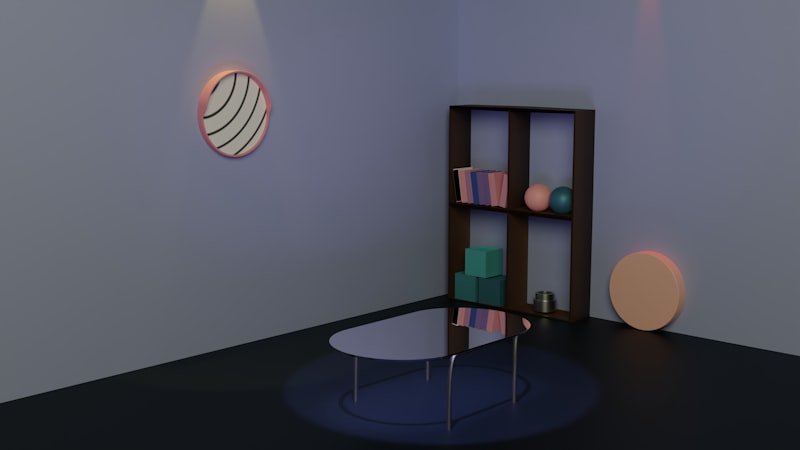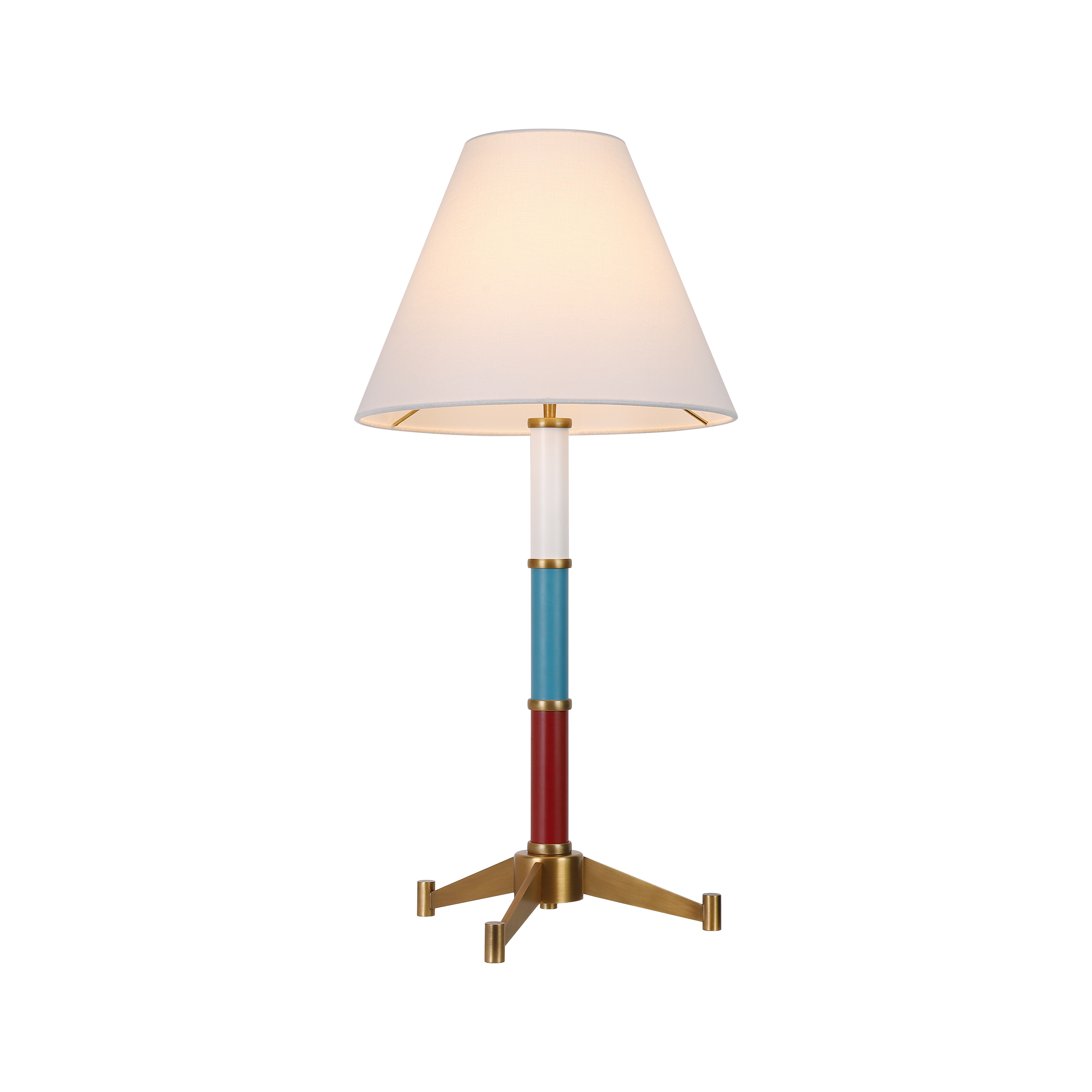Creating Interactive Family-Friendly Decor Displays: Transform Your Space into a Fun Haven
Creating Interactive Family-Friendly Decor Displays: Transform Your Space into a Fun Haven
In today’s world, families are constantly looking for ways to engage children in a fun and educational manner. One of the most effective methods to achieve this is through interactive family-friendly decor displays. These displays not only beautify a space but also stimulate creativity and bonding among family members. In this article, we will explore the various elements that make these decor displays effective, offer tips on implementation, and provide insights into making your decor both interactive and engaging.
Understanding Interactive Family-Friendly Decor Displays
Interactive decor is designed to inspire participation, learning, and engagement. It aims to break the barrier between passive observation and active participation. The main goal is to foster interaction, especially among family members, encouraging them to create memories together. Such decor can take various forms, including wall art, furniture arrangements, and decorative items that promote playful engagement.
Types of Interactive Family-Friendly Decor Displays
There are several distinct types of interactive family-friendly decor displays you can create. Here are a few innovative ideas:
| Type | Description |
| Interactive Wall Murals | Use chalkboard paint or magnetic paint to allow kids to draw or display their artwork. |
| Storytelling Corners | Create a cozy nook with cushions and a selection of books that invite storytelling sessions. |
| Memory Walls | Incorporate a space for photos, drawings, and personal achievements to be displayed and regularly updated. |
| DIY Craft Stations | Set up an area with supplies for regular crafting sessions, fostering creativity and hands-on learning. |
| Interactive Globes | Augmented reality globes can enhance learning about geography and cultures in a fun way. |
Benefits of Interactive Decor Displays
Transforming your home into a dynamic environment comes with several benefits. Here are some key advantages:
- Enhances Creativity: Interactive displays encourage children to express themselves creatively, whether through art or storytelling.
- Strengthens Family Bonds: Engaging in activities together fosters deeper connections among family members.
- Educational Value: Implementing decor that invites learning can make education more exciting and relevant to everyday life.
- Promotes Organization: Dedicated spaces for crafts and projects can help keep the home organized.
Designing Your Interactive Family-Friendly Decor
Designing your unique displays begins with brainstorming ideas that suit your family’s interests and the space available in your home. Here are some tips to help you get started:
1. Identify Space Requirements
Understanding the layout of your home is crucial. Identify areas that can accommodate physically interactive displays. For example, a large wall can be transformed into a chalkboard for drawing, while corner spaces can make great reading or crafting zones.
2. Involve Family Members
Encourage family input when designing these spaces. Ask your children about their preferences and ideas. When they feel involved in the process, they are likely to take greater ownership and participate more actively.
3. Integrate Functional Elements
Consider transforming regular furniture into interactive elements. For instance, a coffee table can double as a puzzle station or art display. A sofa with built-in storage can keep art supplies accessible.
4. Use Educational Themes
Choose themes that align with educational goals or hobbies. For instance, a science-themed corner with interactive decorations about planets can provide a fun learning experience while also serving as decor. Alternatively, a history-themed display featuring timelines or local history can stimulate interest and discussions.

Implementing Technology in Decor
As technology advances, incorporating tech-based features can revolutionize your interactive displays. Consider these innovative tech options:
- Augmented Reality (AR) Displays: Use AR to create an immersive experience where children can learn about the world around them, enhancing their interaction with decor.
- Smart Displays: Digital photo frames can be programmed to showcase family pictures or art pieces created by children.
- Interactive Learning Tools: Consider integrating tablets or smart boards that offer educational games and activities directly linked to the decor theme.
Maintenance and Evolution of Decor
As your children grow, their interests will change, and it’s important for your interactive decor to evolve with them. Here are a few tips for maintaining and updating:
1. Regularly Rotate Displays
Update displays regularly to maintain interest. Encourage children to come up with new themes or projects to keep the decor fresh and exciting.
2. Don’t Be Afraid to Change
Feel free to switch out decor elements as interests evolve. If your child finds a new passion, embrace it and redesign a section of the space to reflect that interest.
3. Keep It Dynamic
Interactive decor should be considered temporary to some extent. The aim is for it to invite participation and change, so embrace alterations as they happen!
Conclusion and Considerations
Creating interactive family-friendly decor displays is an exciting and fulfilling way to enrich your home environment. It enhances creativity, encourages learning, and brings families closer together through shared activities. As you embark on this decorating journey, remember that the best displays are those that encourage participation and personal expression. Take the time to tailor your decor to your family’s interests and needs. Embrace change and adaptability, and most importantly, have fun with it! As you integrate your decorations, consider how they can grow and evolve with your family over time, ensuring that your home remains a vibrant, interactive haven.
